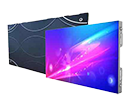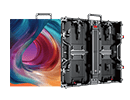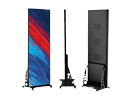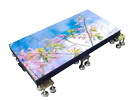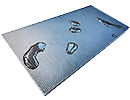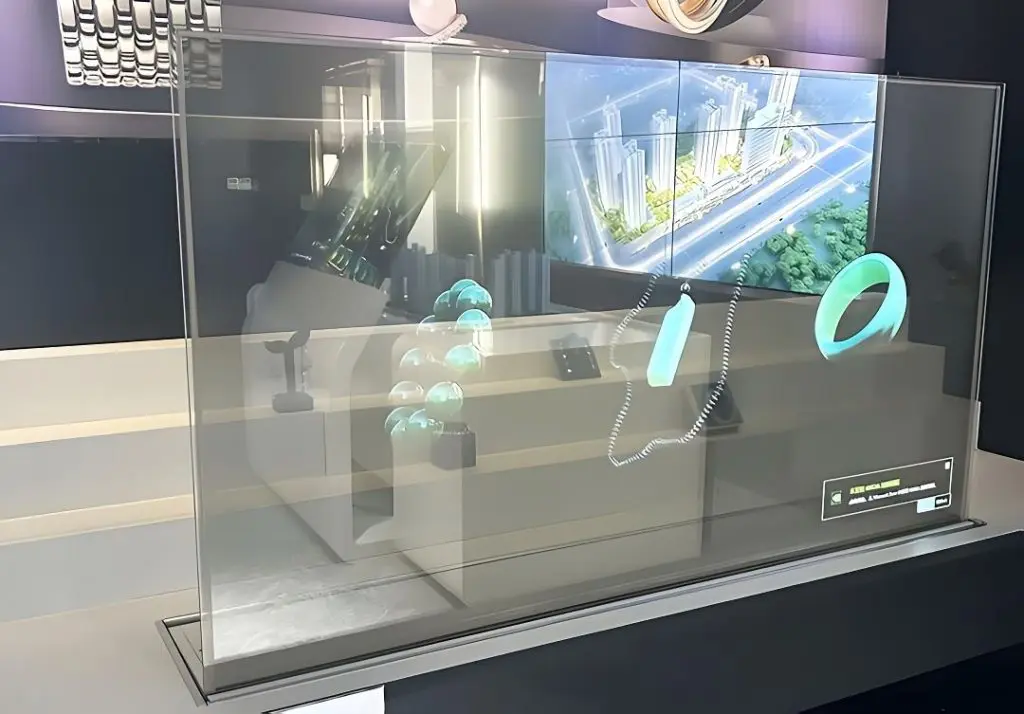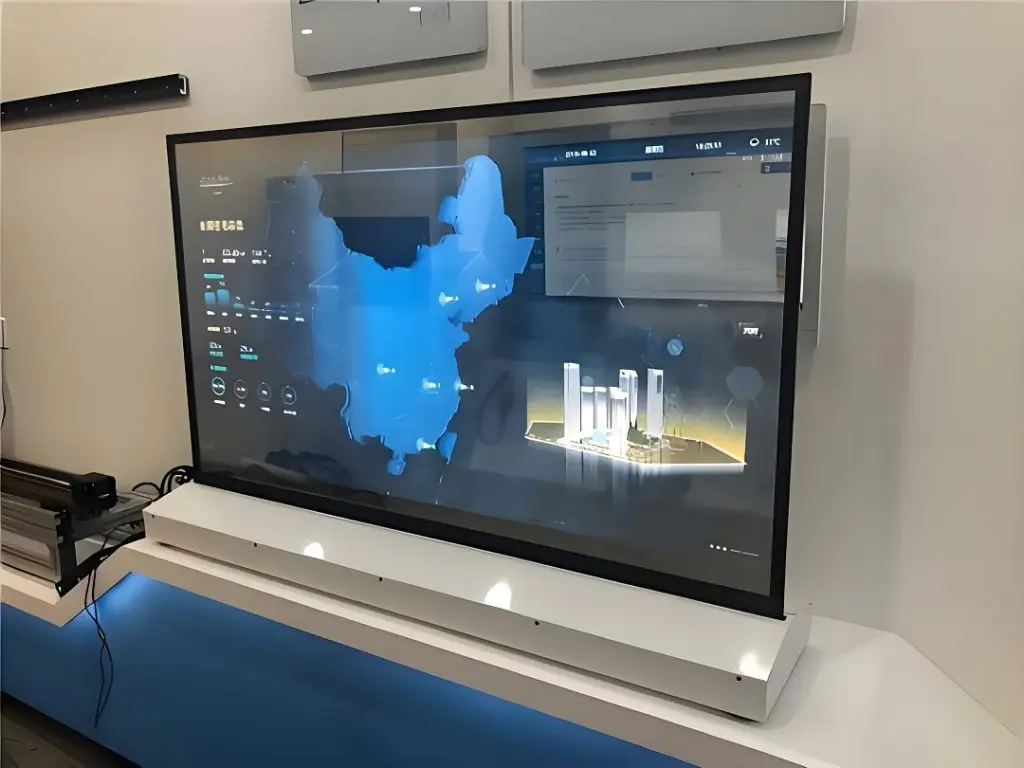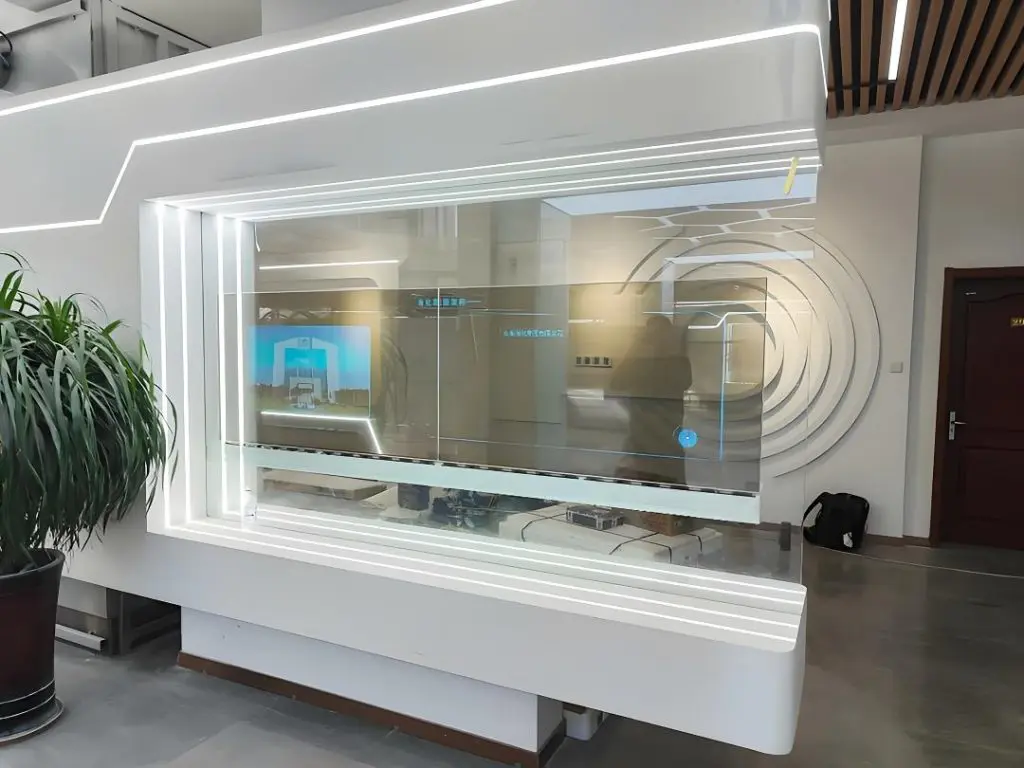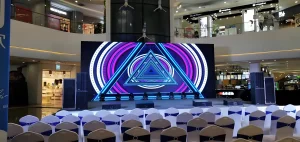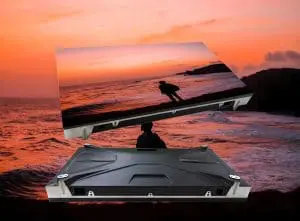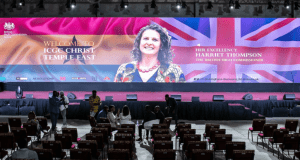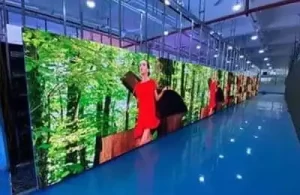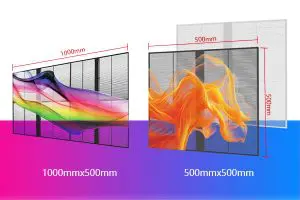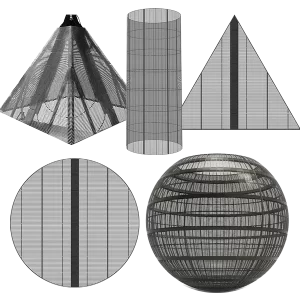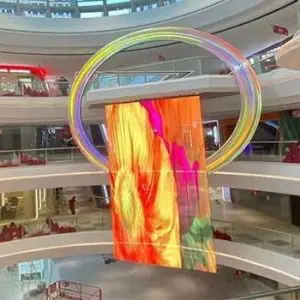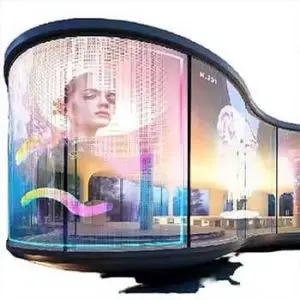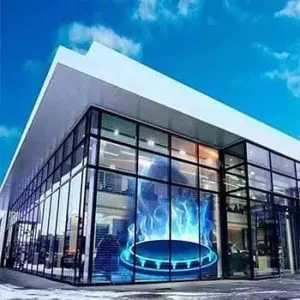Transparent OLED Screen: Ultimate Guide to Features, Benefits, Applications, Costs, and Buying Tips
A transparent OLED screen is a groundbreaking display technology that combines organic light-emitting diodes (OLEDs) with high transparency, allowing users to see through the screen while displaying vibrant, high-resolution content. Unlike traditional opaque displays, transparent OLED screens enable innovative applications in retail, architecture, automotive, and entertainment, where they blend digital visuals with the real world. With the global transparent display market projected to reach $10 billion by 2027, growing at a CAGR of 45% (source: MarketsandMarkets), transparent OLED screens are revolutionizing how we interact with information and media.
What Is a Transparent OLED Screen?
A transparent OLED screen is an advanced display that uses organic light-emitting diodes to produce images while allowing light to pass through, creating a see-through effect. This technology layers transparent electrodes and organic materials, achieving transparency levels of 30-70% when off or displaying content. Unlike LCD or standard LED screens, which require backlighting and are opaque, transparent OLED screens self-illuminate, offering superior contrast, color accuracy, and thin profiles (as low as 1mm thick).
The magic lies in the organic compounds that emit light when electrified, combined with transparent substrates like glass or plastic. When powered off, the screen acts like clear glass; when on, it overlays digital content without blocking the background view. According to Statista, adoption of transparent OLED screens has surged 50% in retail since 2020, as brands like LG and Samsung pioneer models for commercial use. For example, luxury stores use them for window displays that show products digitally while allowing passersby to see inside, boosting foot traffic by 25%.
These screens are not just novelties—they’re practical tools for augmented reality (AR), interactive kiosks, and smart glass applications, with energy efficiency that rivals traditional displays.
Types of Transparent OLED Screens
Transparent OLED screens vary by design and use case. Here’s a detailed breakdown:
- Standard Transparent OLED Screens
Applications: Retail windows or office partitions.
Features: Fixed transparency (40-60%); sizes up to 55 inches.
Best For: Basic see-through displays. - Flexible Transparent OLED Screens
Applications: Curved surfaces or wearables.
Features: Bendable with 30-50% transparency; rollable designs.
Best For: Innovative architecture or portable tech. - Interactive Transparent OLED Screens
Applications: Touch-based kiosks or smart mirrors.
Features: Capacitive touch; integrates with AR apps.
Best For: Retail and hospitality engagement. - Large-Format Transparent OLED Screens
Applications: Building facades or museum exhibits.
Features: Scalable up to 100 inches; high brightness for semi-outdoor use.
Best For: Public installations. - Automotive Transparent OLED Screens
Applications: Car windshields or HUDs.
Features: Automotive-grade durability; 50-70% transparency.
Best For: Vehicle infotainment. - Commercial Transparent OLED Screens
Applications: Advertising or digital signage.
Features: Modular for video walls; content management systems.
Best For: High-traffic commercial spaces.
| Type | Transparency Range | Size Range | Brightness (Nits) | Ideal Applications | Average Cost (USD) |
|---|---|---|---|---|---|
| Standard Transparent OLED Screen | 40-60% | 30-55 inches | 150–400 | Retail Windows | $2,000–$5,000 |
| Flexible Transparent OLED Screen | 30-50% | 20-40 inches | 100–300 | Curved Surfaces | $3,000–$6,000 |
| Interactive Transparent OLED Screen | 40-60% | 40-65 inches | 200–500 | Kiosks, Mirrors | $4,000–$8,000 |
| Large-Format Transparent OLED Screen | 50-70% | 55-100 inches | 300–600 | Facades, Exhibits | $5,000–$10,000+ |
| Automotive Transparent OLED Screen | 50-70% | 10-30 inches | 200–400 | Vehicles | $1,500–$4,000 |
| Commercial Transparent OLED Screen | 40-60% | 40-80 inches | 200–500 | Signage, Ads | $3,000–$7,000 |
Key Features of Transparent OLED Screens
Transparent OLED screens excel with innovative features:
- High Transparency: 30-70% light passage for see-through effects; auto-dimming for versatility.
- Superior Image Quality: Self-emissive pixels for infinite contrast and vivid colors (over 1 billion shades).
- Ultra-Thin Design: 1-5mm thick; lightweight (2-10 kg) for easy mounting on glass.
- Wide Viewing Angles: 178° with no color shift.
- Energy Efficiency: Low power (50-200 W); 40% less than LCDs (source: U.S. Department of Energy).
- Touch and Interactive Capabilities: Capacitive sensors for user input.
- Durability: Scratch-resistant coatings; some with IP54 for dust/moisture.
- Smart Integration: Wi-Fi, Bluetooth, and AR compatibility for dynamic content.
These make transparent OLED screens ideal for futuristic applications.
Benefits of Transparent OLED Screens
- Innovative Aesthetics: Blend digital with real-world views, enhancing design by 50% (architectural studies).
- Space Optimization: No need for separate displays; integrate into windows or walls.
- High Engagement: Overlay content increases interaction 35% (Nielsen).
- Energy Savings: Reduce bills by 40%.
- Versatility: From retail to automotive.
- Durability: Last 30,000–50,000 hours.
- Eco-Friendly: Low emissions, recyclable.
- High ROI: Boost sales 20-30% in retail.
Case: LG’s installations in luxury malls increase dwell time 25%.
Applications of Transparent OLED Screens
- Retail: Window overlays for ads.
- Architecture: Smart glass in buildings.
- Automotive: HUDs in cars.
- Museums: Interactive exhibits.
- Advertising: Dynamic billboards.
- Hospitality: Hotel mirrors.
Case: Mercedes-Benz uses them in concept cars for dashboards.
Technical Specifications of Transparent OLED Screens
| Specification | Details |
|---|---|
| Transparency | 30-70% |
| Resolution | Full HD/4K |
| Brightness | 150–600 nits |
| Viewing Angle | 178° |
| Thickness | 1-5mm |
| Power Consumption | 50–200 W |
| Lifespan | 30,000–50,000 hours |
How to Choose the Right Transparent OLED Screen
- Transparency Level: Higher for aesthetics.
- Size: Match to space.
- Brightness: For lighting conditions.
- Interactivity: Touch for engagement.
- Budget: Balance with ROI.
Installation Guide for Transparent OLED Screens
- Planning: Assess surface.
- Mounting: Adhere to glass.
- Connection: Wire and test.
- Calibration: Adjust transparency.
- Maintenance: Clean gently.
Costs: $1,000–$5,000.
Costs of Transparent OLED Screens
$1,500–$10,000+ per unit. ROI in 6-12 months.
Future Trends in Transparent OLED Screens
- Higher transparency.
- AR/VR fusion.
- Flexible hybrids.
FAQ: Common Questions About Transparent OLED Screens
- What is a transparent OLED screen? See-through display for overlays.
- How much does a transparent OLED screen cost? $1,500–$10,000.
- What is the best transparent OLED screen for retail? Interactive models.

